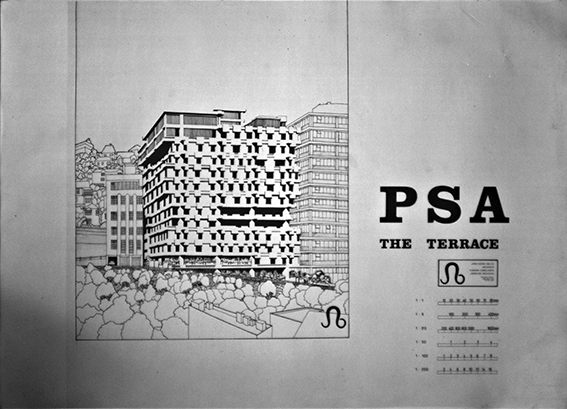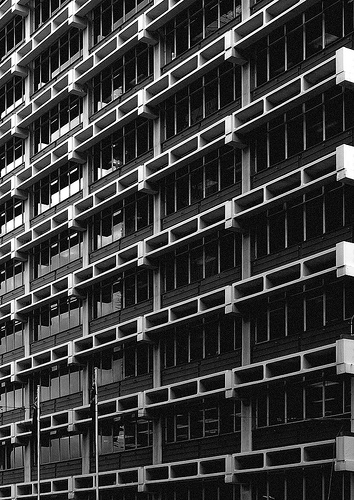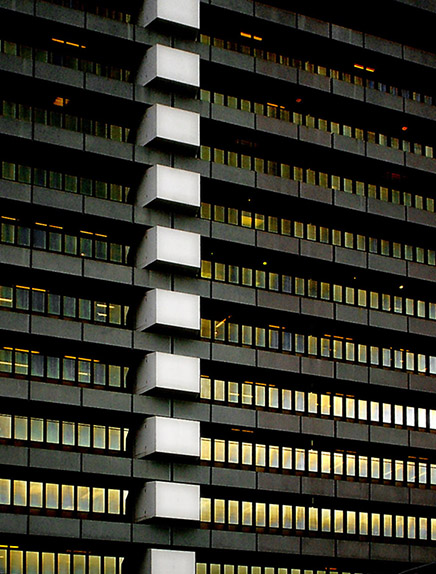I’ve really struggled with this little task – it’s quite a job to nominate a favourite building of any type, let alone a modernist one. That might sound odd coming from me, but I’ll try to explain.
The philosophical basis that underlies most ‘modernist’ architectural thought is mostly brilliant – in an abstract and contextless void. The actual process of inserting that pure idea into an already existing messy and imperfect physical world created, along with some beautiful moments, mostly debacle. The modernist ‘project’ was of dreams and aspirations, but forgot to ask the right people what their dreams and aspirations were.
There is nothing new in this polemic, it’s all rather old hat, and I certainly don’t mean to re-litigate the past at all – merely to justify my choice of an unbuilt project as my favourite among modernist buildings. There is plenty of modern architecture that I like, for one reason or another. Nevertheless, in my mind modernism works best as an inspirational idea rather than as a realised project – hence my selection. (In other words – Yes, I’m cheating).

Jim Beard’s PSA tower, had it been realised, would have nicely added to the narrative of the PSIS Investment House Stage I and Stage II towers that make up about half of the Whitmore/Featherstone/Ballance Street block, albeit a leap and a bound away from these two built examples.

Earlier c1972 versions of the proposed tower for the Public Service Association were a rather more straightforward office block, if that can be said about a building that looks like a cross between the PSIS Stage II project and Hannah Playhouse. By 1976, the project evolved into something quite extraordinary. We see an attempt to move away from some of the sculptural moves of modernism and create something no less sculpturally articulated (actually more-so), but based on inhabitation rather than false notions of functional simplicity and repetition. This is a building for its inhabitants, rather than for maximum efficiency of lettable floorspace.

The design was scotched at the last minute after completion of all working drawings (by a valuer of course), and the loss of that project (and separately, PSIS as a client), was a severe setback for James Beard and Co. The practice down-sized, and concentrated on much smaller projects from that point.

The PSA proposal was of course, completely of its time. This period, encompasses a range of ‘movements’ – among them New Brutalism, Habitat, and Structuralism. In common, they recognised both the value of pursuing a modernist vision, but also the fact that it was never going to materialise in the direction set by the Masters of the past. Unlike postmodernism, which is also developing at this time, these later modernists sought to keep the baby of social concern, but let the dregs of the heroic period dogma gurgle away down the plughole. Architecture could still provide hope for a better world, but one based on the patterns of the current one, rather than abstract projections of a future utopia.
This is, to me, the most interesting period of twentieth century architecture, and the proposed PSA tower the best New Zealand example to illustrate it with.
Michael Dudding
The “My favourite modernist building …” series is in support of Gordon Wilson Flats which is facing threat of demolition.

Leave a Reply